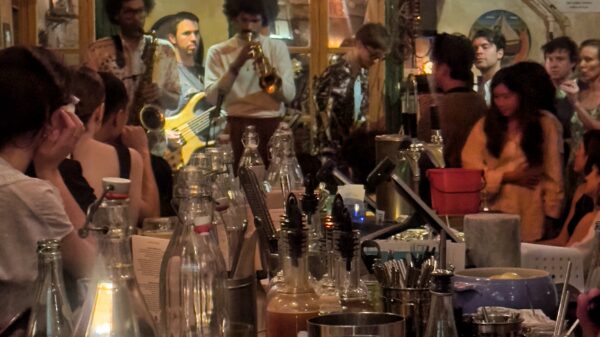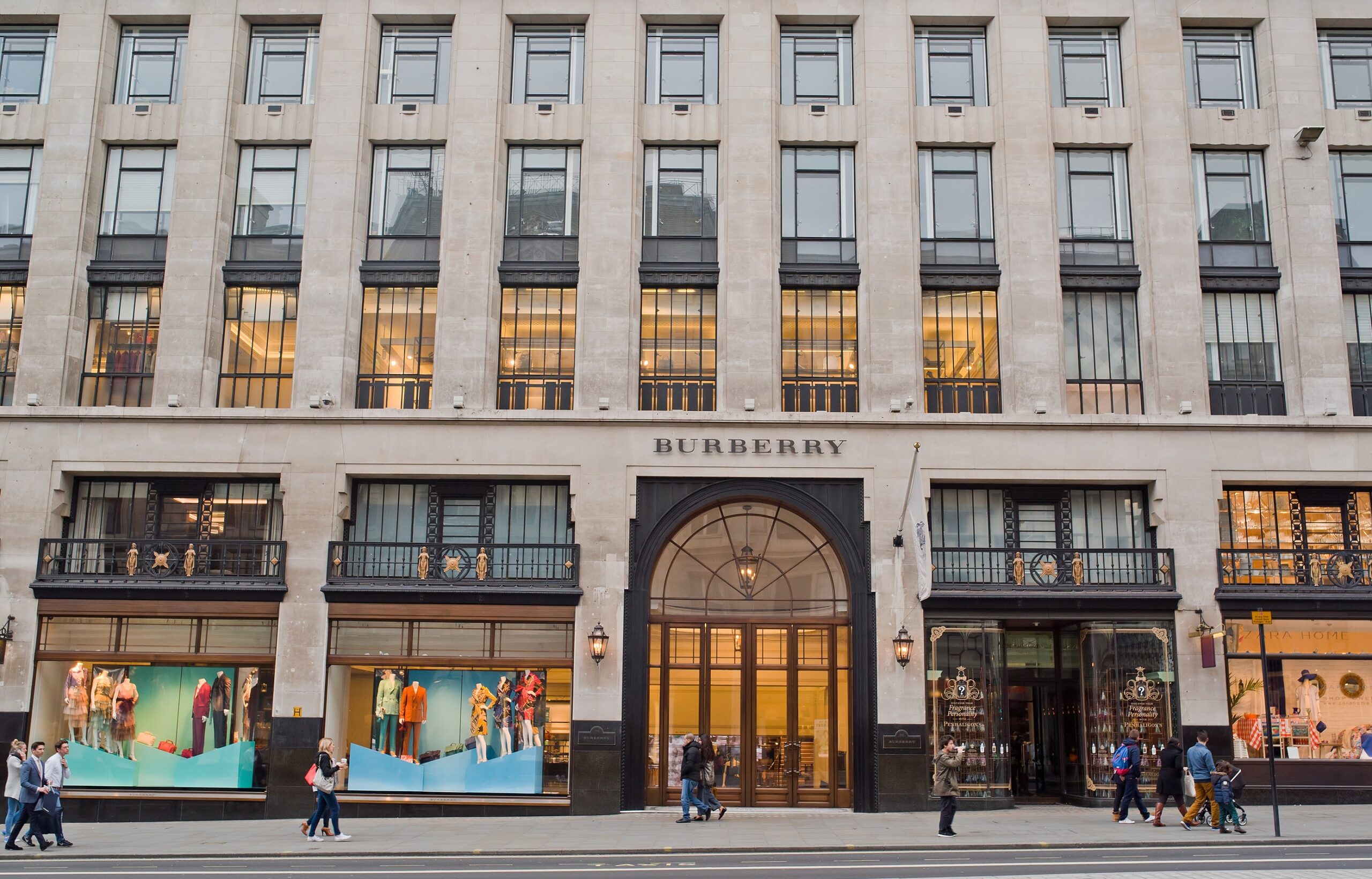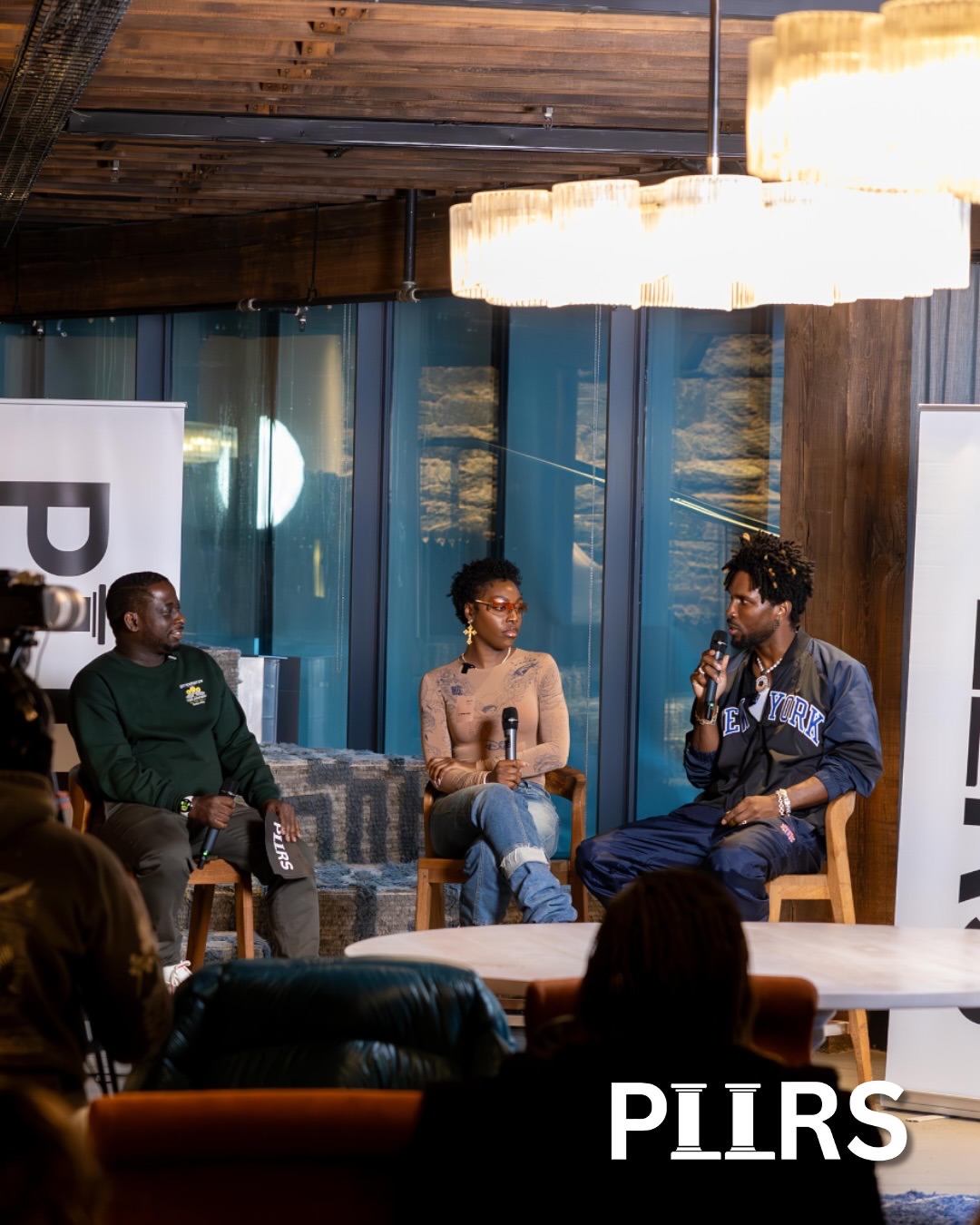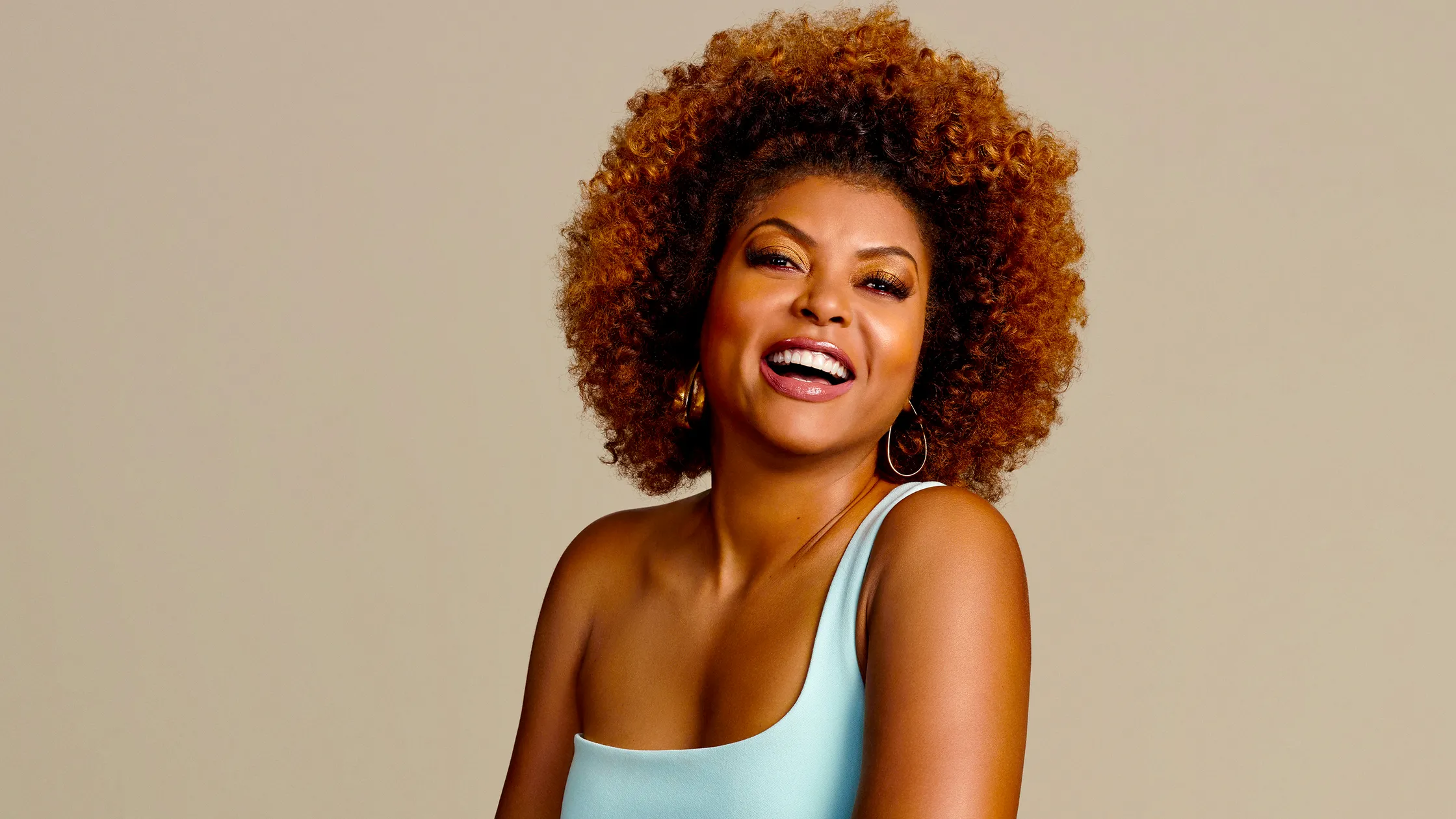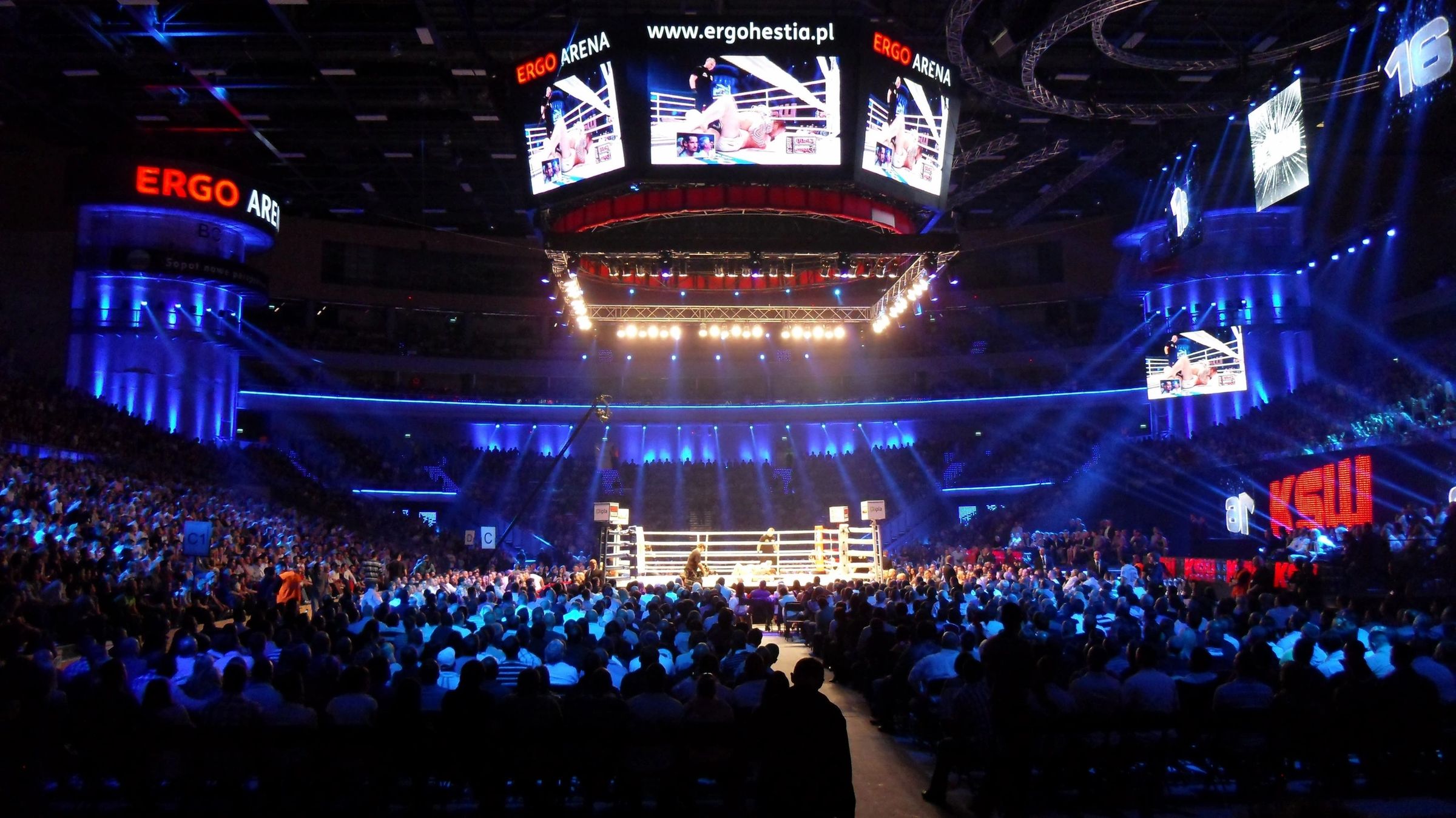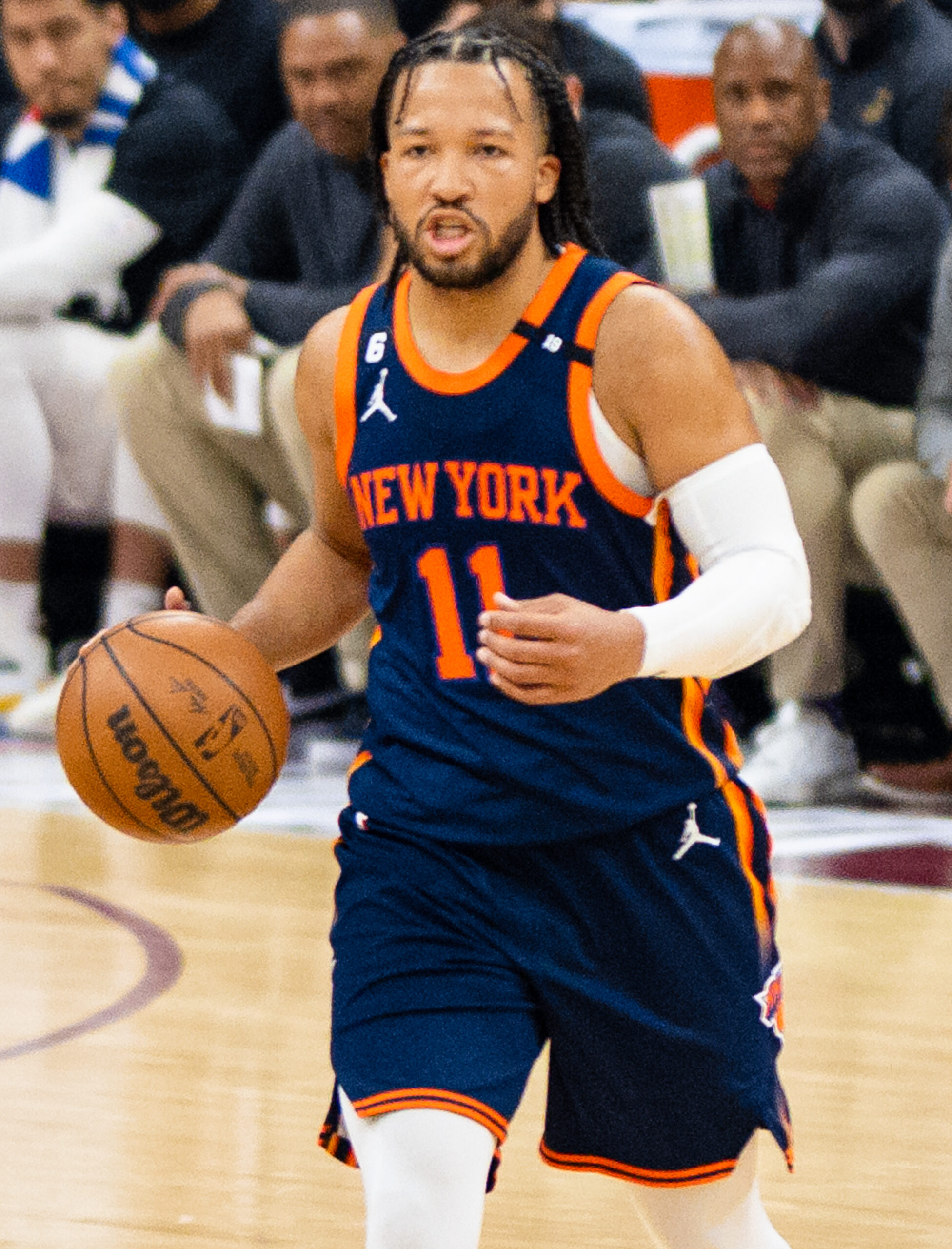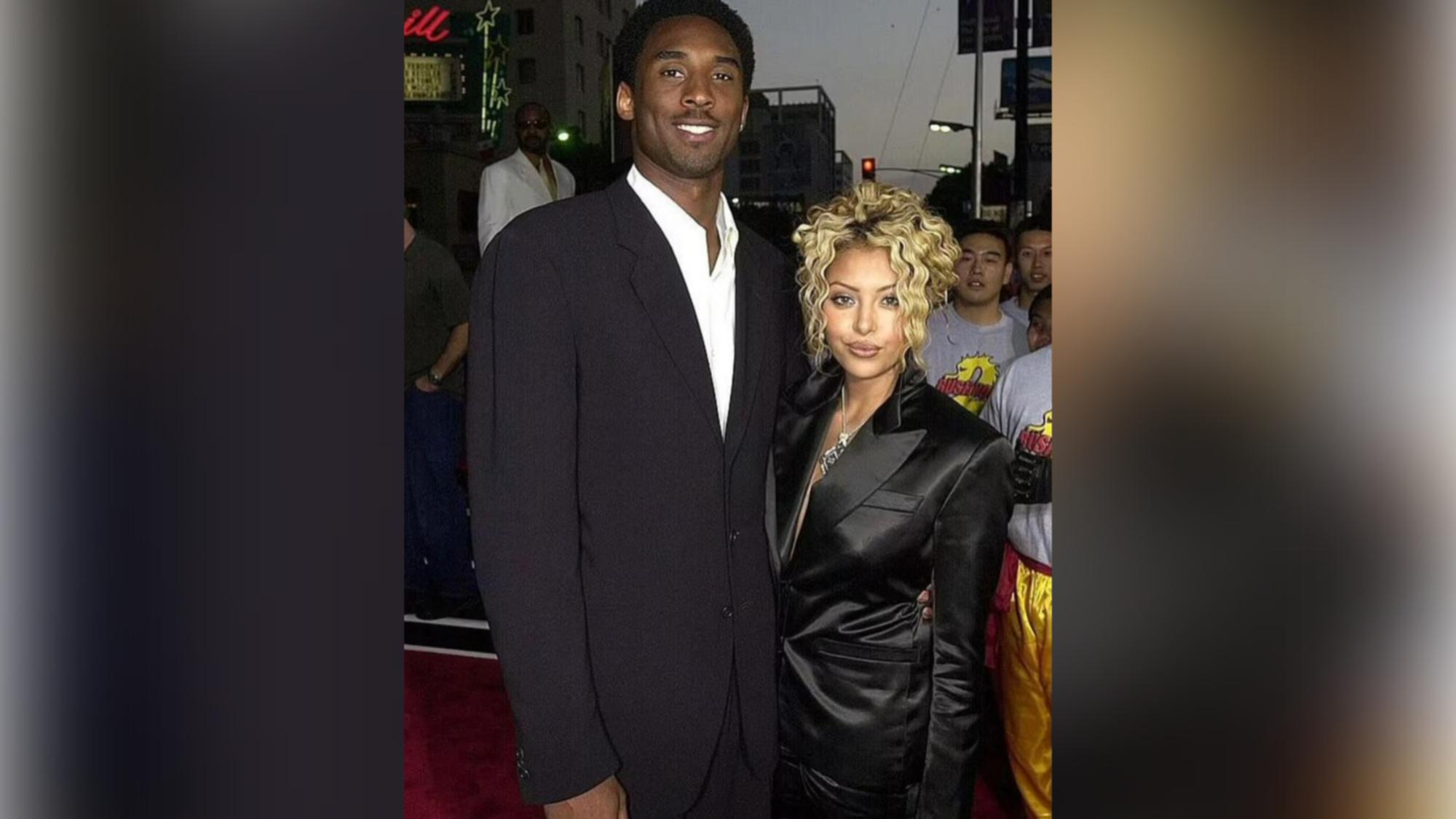In a major move that’s shaking up the luxury fashion world, Prada Group has acquired Versace from Capri Holdings for €1.25 billion. This acquisition folds one of fashion’s most iconic houses into a portfolio already anchored by Prada and Miu Miu, signaling a shift in how top-tier brands are consolidating power in an increasingly competitive industry.
The timing is strategic. Versace closed 2024 with a 15% dip in sales, while Prada Group saw an 18% year-over-year boost, driven by steady demand and tight control over brand direction. The acquisition gives Prada the opportunity to elevate Versace’s operations while banking on its global name recognition and bold design legacy.
Prada has made it clear this isn’t about dilution. According to the company, Versace will maintain its creative independence and aesthetic edge—something that has long defined the brand’s status in fashion and culture. From red carpet moments to streetwear crossovers, Versace has never played it safe, and Prada says that won’t change.
One major shift did happen, though: Donatella Versace stepped down as chief creative officer ahead of the acquisition. She hands the reins to Dario Vitale, formerly a rising force at Miu Miu. Donatella isn’t leaving the building—she’ll stay on as chief brand ambassador, continuing to shape the brand’s image from a high-level creative position.
This acquisition is more than a business transaction; it’s a realignment of influence in luxury fashion. As brands navigate shifting consumer expectations, the rise of Gen Z luxury buyers, and digital-first retail strategies, alignment with strong parent groups like Prada offers creative houses like Versace both stability and room to grow.
For fashion insiders, this deal reflects a larger trend: legacy houses are no longer standing solo. They’re forming alliances, absorbing competitors, and getting sharper in their messaging. The Prada-Versace union just might be the boldest yet.
Prada’s acquisition of Versace signifies a strategic effort to enhance its position in the luxury market by incorporating a brand with a complementary yet distinct style. The industry will be closely monitoring how this integration unfolds in the coming months.




